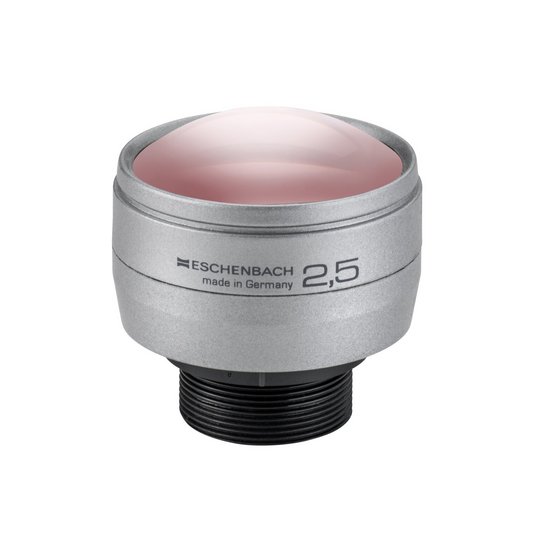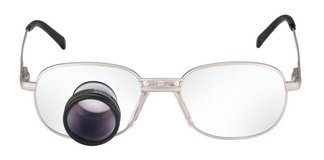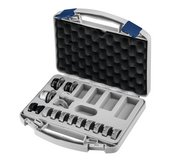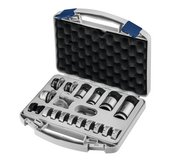Telescopes and monoculars
Galilei 2.5x
Product Benefits
- Ideal for watching television and reading (in combination with reading caps).
- Simple to use due to large visual field.
- Ultralight, only 11 g – therefore extremely comfortable to use.
- Particularly scratch-proof lens with high visual comfort.
Product Properties
- Easy to adjust.
- Diffractive aspheric and achromatic PXM® lightweight lens made of high quality silicate, cera-tec® coated for a distortion-free image with edge-to-edge sharpness.
- The Galilean system is set at infinity, reading caps are used for reading (see table).
- Large 13° visual field.
- Ocular and objective lenses have a high-quality, anti-reflection hard coating.
Product Accessories
Reading caps for Galilei 2.2 x and Galilei 2.5 x
- 162101 Reading cap ring for fitting lens with an individual power (x 2)
- 16210 Frosted lens
- 16213 Reading cap 3,0 dpt
- 16214 Reading cap 4,0 dpt
- 16215 Reading cap 5,0 dpt
- 16216 Reading cap 6,0 dpt
- 16218 Reading cap 8,0 dpt
- 162110 Reading cap 10,0 dpt
- 162112 Reading cap 12,0 dpt
- 162116 Reading cap 16,0 dpt
The reading caps +3 dpt/ +4 dpt/ +5 dpt are also suitable for binocular use (close-up).
Fitting cases
Materials
| manual_Galilei-System.pdf | 256 KB |
Variants
| Name | product code | Magnification distance | Magnification Near | Working distance | Visual field distance /1000 m | Visual field near | |
|---|---|---|---|---|---|---|---|
| Galilei 2,5x | 16225 | 2.5 x | ∞ | 230 m | |||
| Galilei 2.5x | 16225+162110 | 6.3 x | 100 mm | 19 mm | |||
| Galilei 2.5x | 16225+162112 | 7.5 x | 83 mm | 16 mm | |||
| Galilei 2.5x | 16225+162116 | 10.0 x | 63 mm | 12 mm | |||
| Galilei 2.5x | 16225+16213 | 1.9 x | ca. 330 mm | 64 mm | |||
| Galilei 2.5x | 16225+16214 | 2.5 x | 250 mm | 48 mm | |||
| Galilei 2.5x | 16225+16215 | 3.2 x | 20 mm | 38 mm | |||
| Galilei 2.5x | 16225+16216 | 3.8 x | 167 mm | 32 mm | |||
| Galilei 2.5x | 16225+16218 | 5.0 x | 125 mm | 24 mm |
Accessories
* The figures stated for visual field are average values. They will vary depending on the distance from the eye to the eyepiece.






